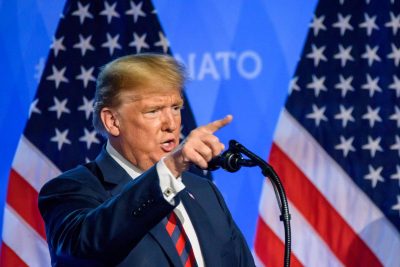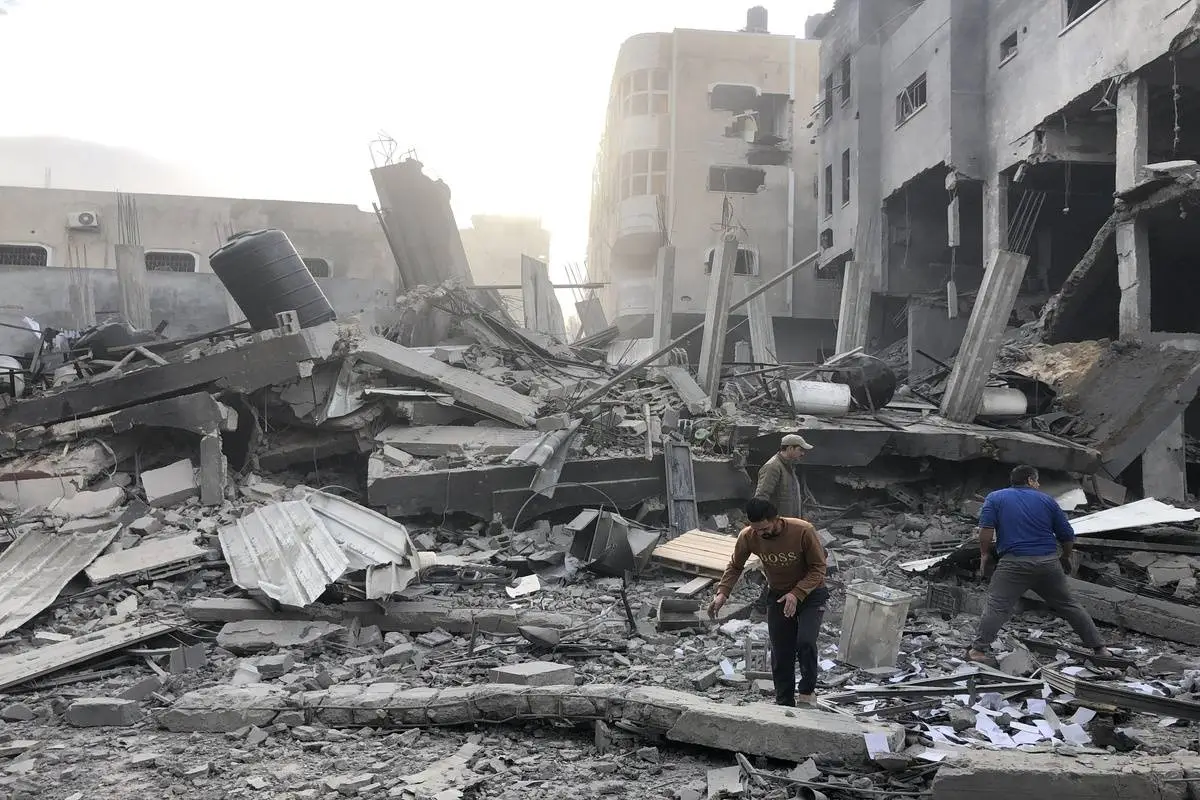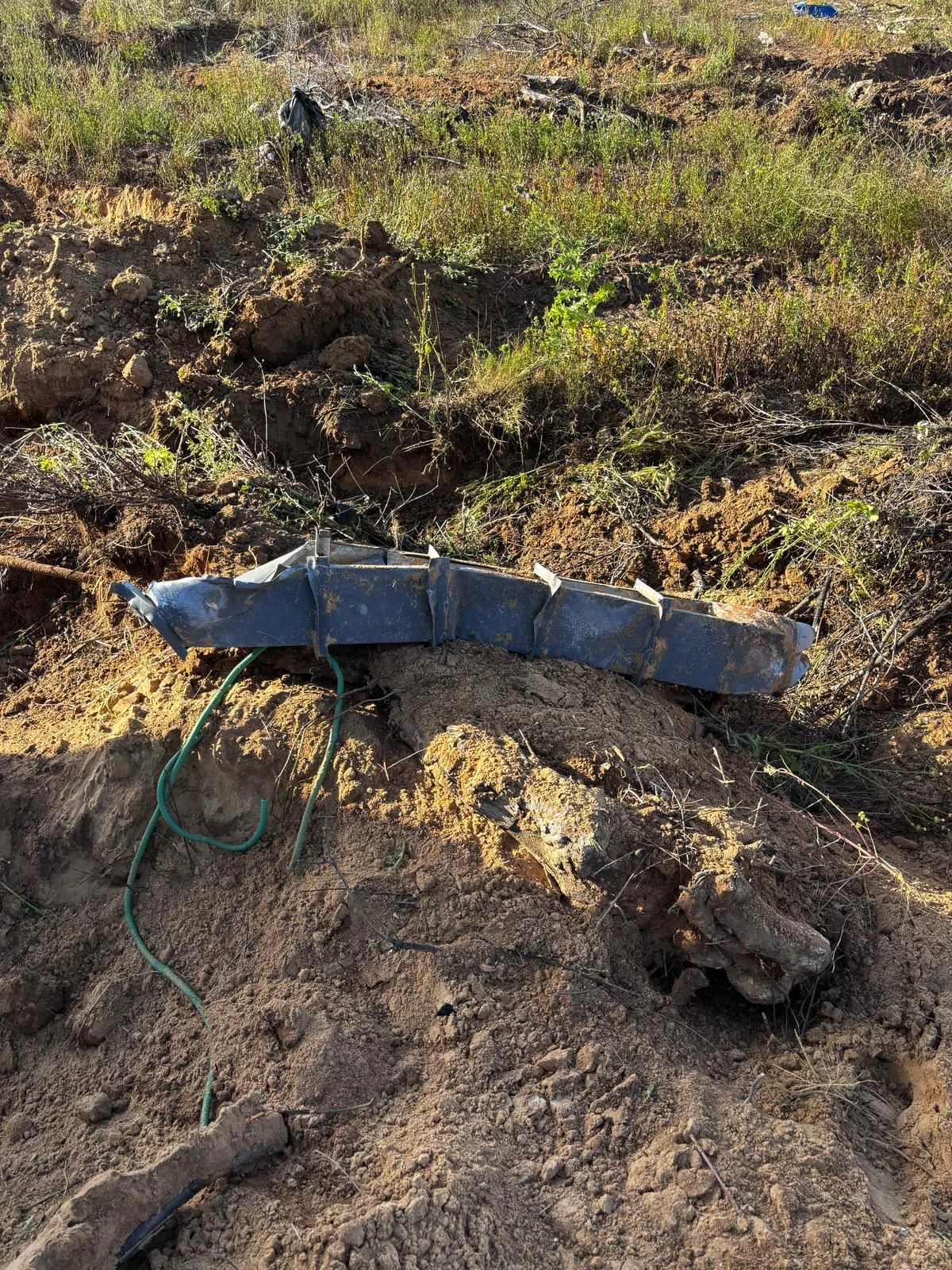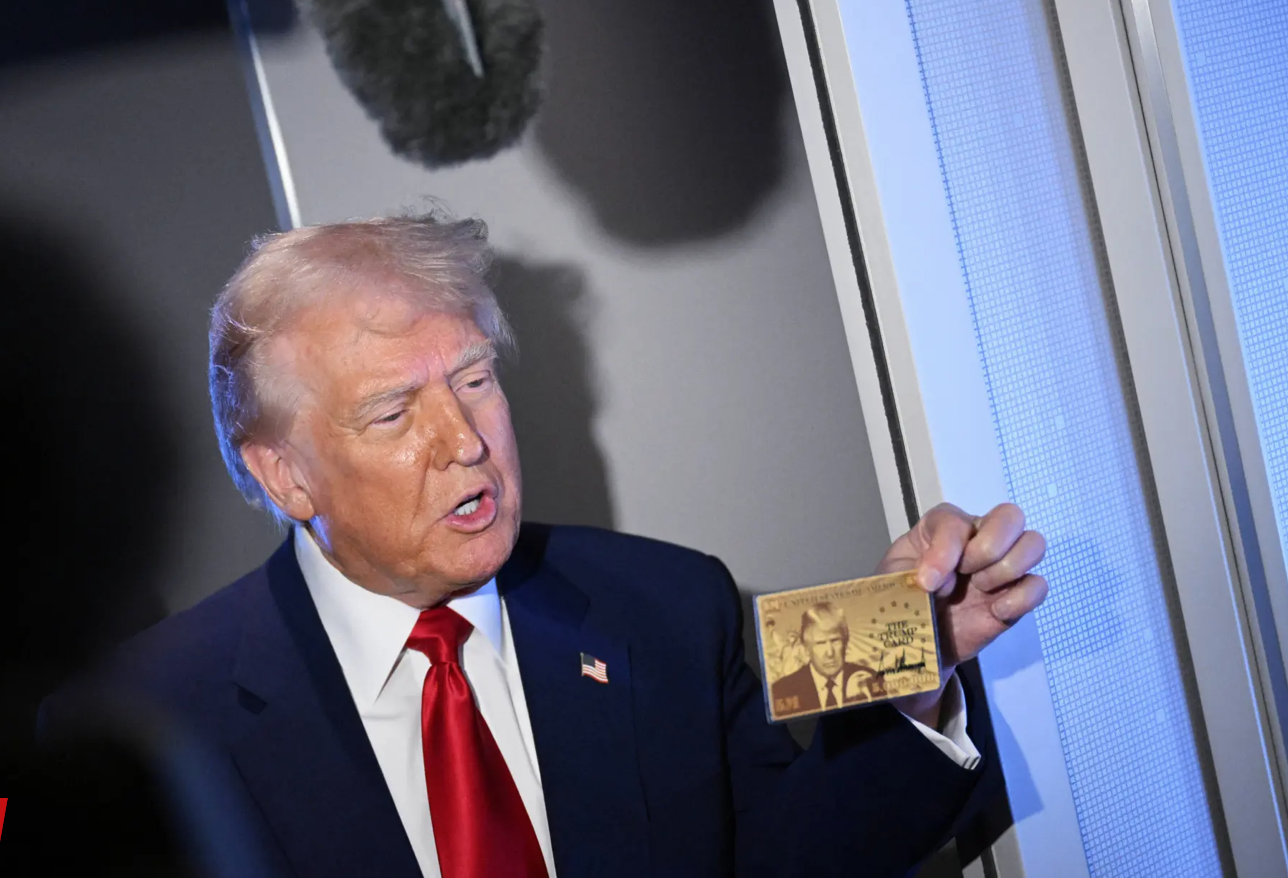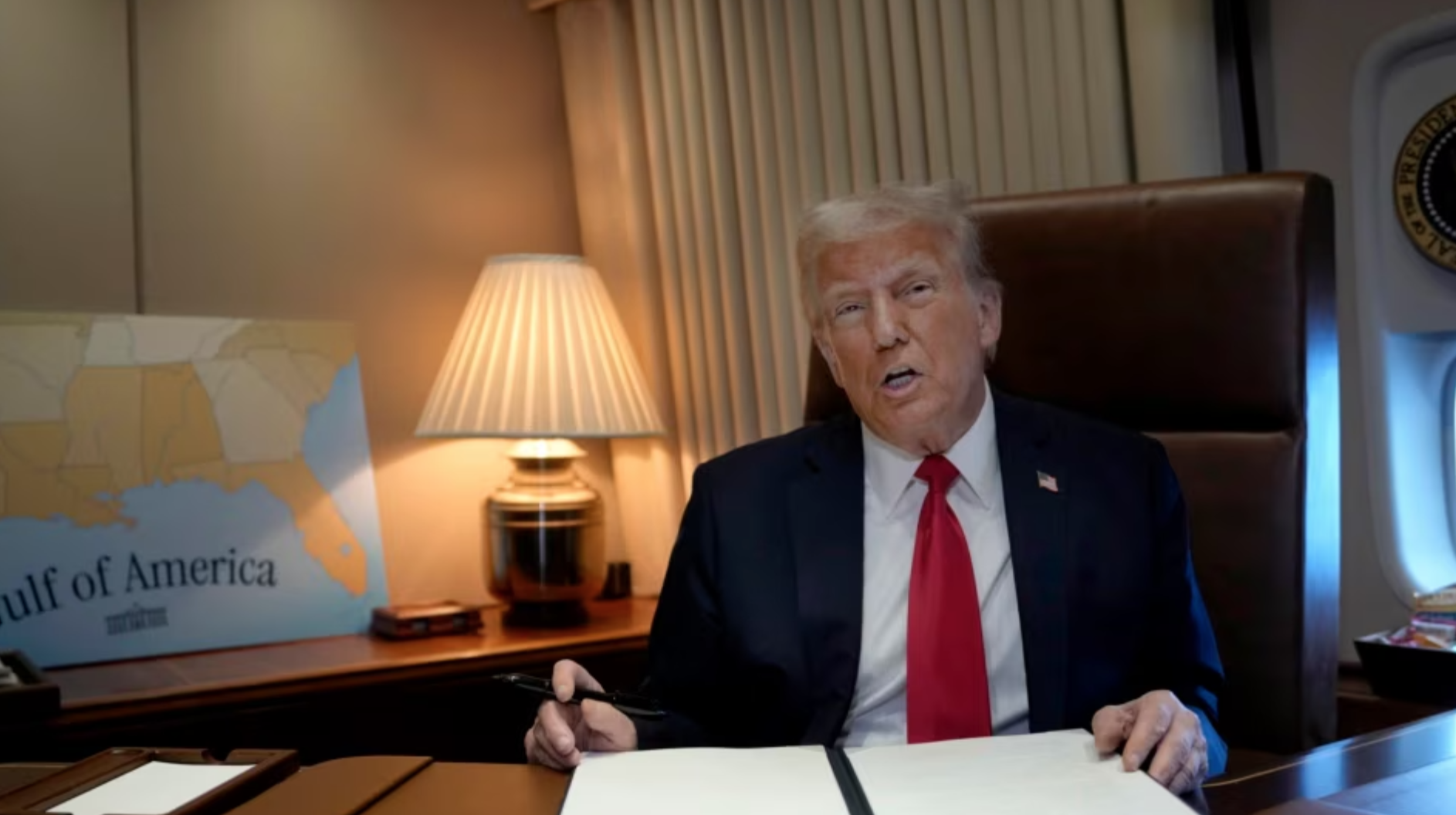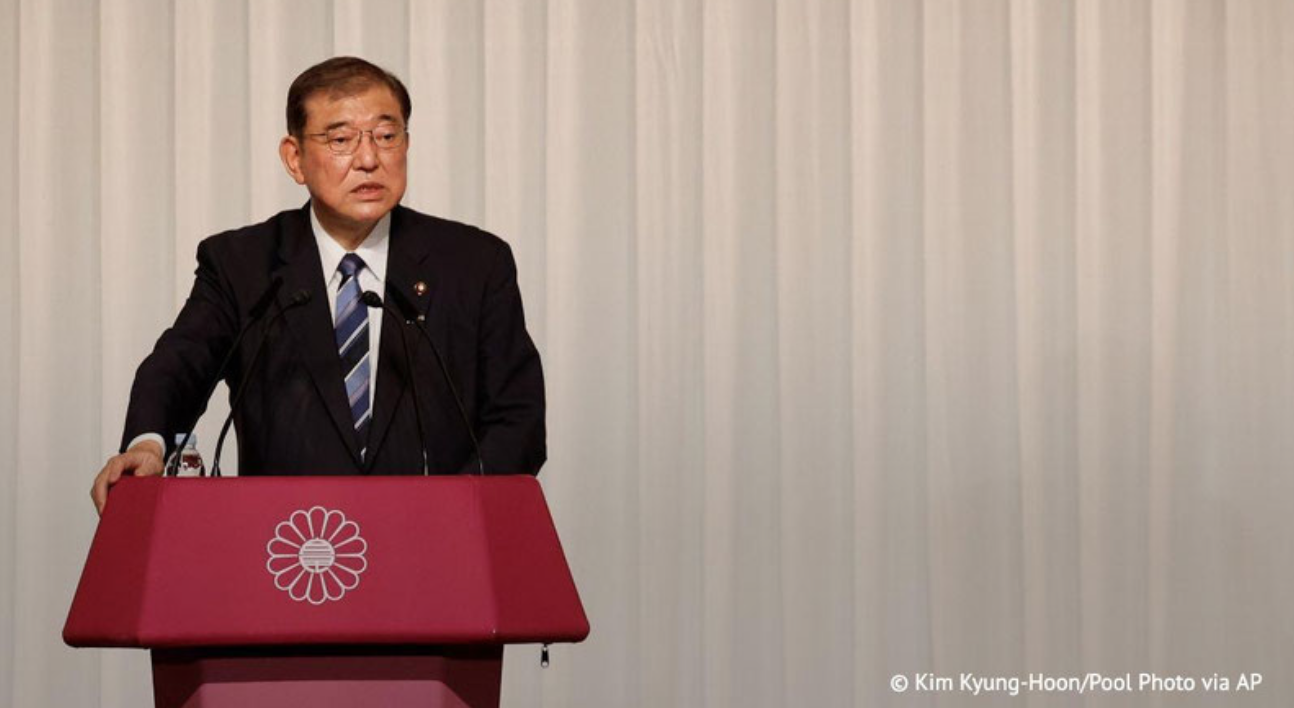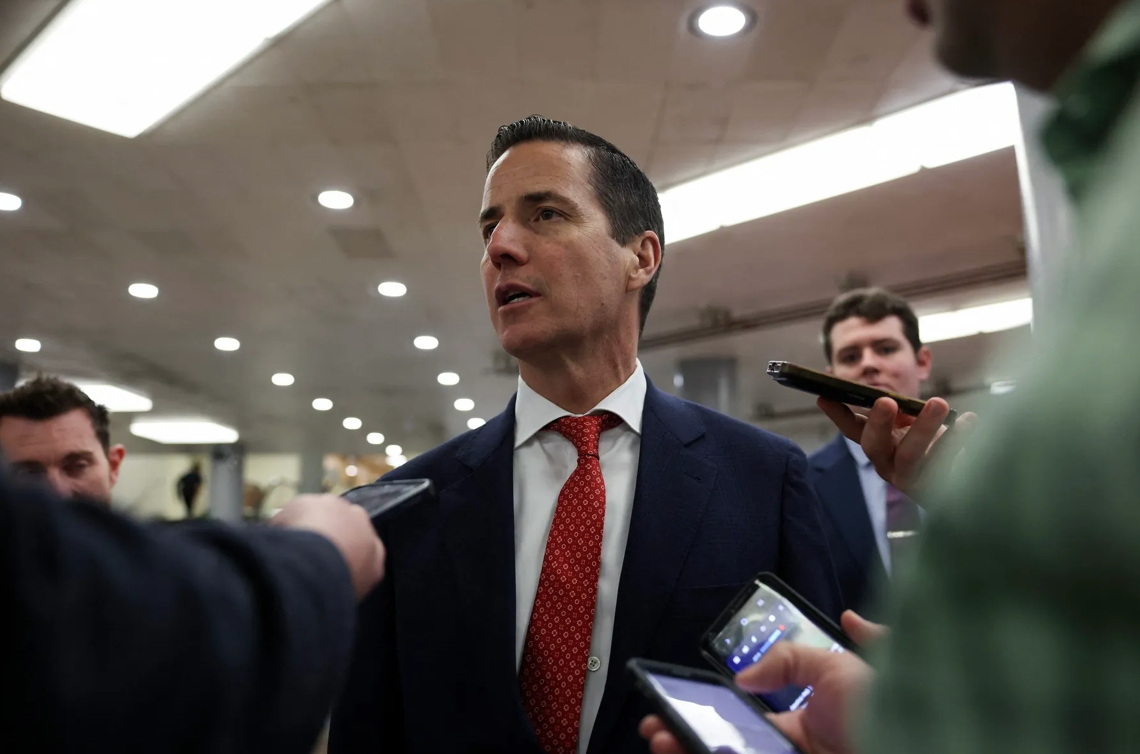The RS-26 Rubizh missile. Photo: Channel 24.
The RS-26 Frontier missile: A “symbol” or a real threat?
Russia’s potential use of the RS-26 Rubizh medium-range missile could be one of the key moments marking the transition to a new level of global confrontation. Mykhailo Samus, Director of the New Geopolitics Research Network, told Radio NV about this. According to him, the use of this missile could pose a serious threat not only to Ukraine, but also to Europe, the United States and Asia, and symbolise the growth of nuclear tensions in the international arena. This was reported by Time Ukraine Israel portal with reference to NV.
The RS-26 Rubizh missile is actually an improved version of the Soviet RSD-10 Pioneer missile, which was destroyed under international treaties in the 1990s. This missile has a range of up to 6,000 kilometres, which makes it possible to reach not only European countries but also the United States and other important strategic regions. Its power and range make it one of the most dangerous missiles in Russia’s modern arsenal.
The political context and Putin’s role
Samus emphasises that the use of this missile will not only be a military act, but also a political message to the international community. This will be an important signal to the West that Russia is ready to escalate the conflict, particularly with the United States and European countries. The technical characteristics of the RS-26 make it a real threat that could affect global security.
According to Samus, although Russia may not use the nuclear part of the missile, its ability to deliver a nuclear strike is a powerful tool of political pressure. This also correlates with the rhetoric of the proponents of “World War III” theories, which is actively discussed among politicians and experts, including Donald Trump’s supporters.
Russia’s Nuclear Doctrine: Propaganda or a real threat?
Although the Kremlin regularly emphasises its readiness to use nuclear weapons through its nuclear doctrine, experts note that in practice Russia is more likely to use this aspect as a tool of propaganda and strategic pressure. That is why the threat of nuclear conflict, although still relevant, is more of a political manipulation to achieve geopolitical goals. Russia’s nuclear doctrine certainly has an impact on political decisions, in particular on the decision-making of American leaders close to Trump.
Samus predicts that by January 2025, Russia could actively use the so-called “symbolism” of the nuclear threat to force the international community to make decisions favourable to the Kremlin. However, the actual use of nuclear weapons is unlikely, as Russia believes that other methods of pressure, including political ones, could induce Ukraine to surrender.
Conclusion: Is nuclear conflict really inevitable?
Predicting the actual use of nuclear weapons is difficult, but the mere threat of using missiles such as the RS-26 remains a serious factor in international politics. Russia is unlikely to use nuclear weapons unless absolutely necessary, but its missile capabilities and demonstrated willingness to escalate will have an impact on global political decision-making. These strategic weapons symbolise how far tensions between countries can go and serve as a reminder of the global dangers in an unstable geopolitical climate.


